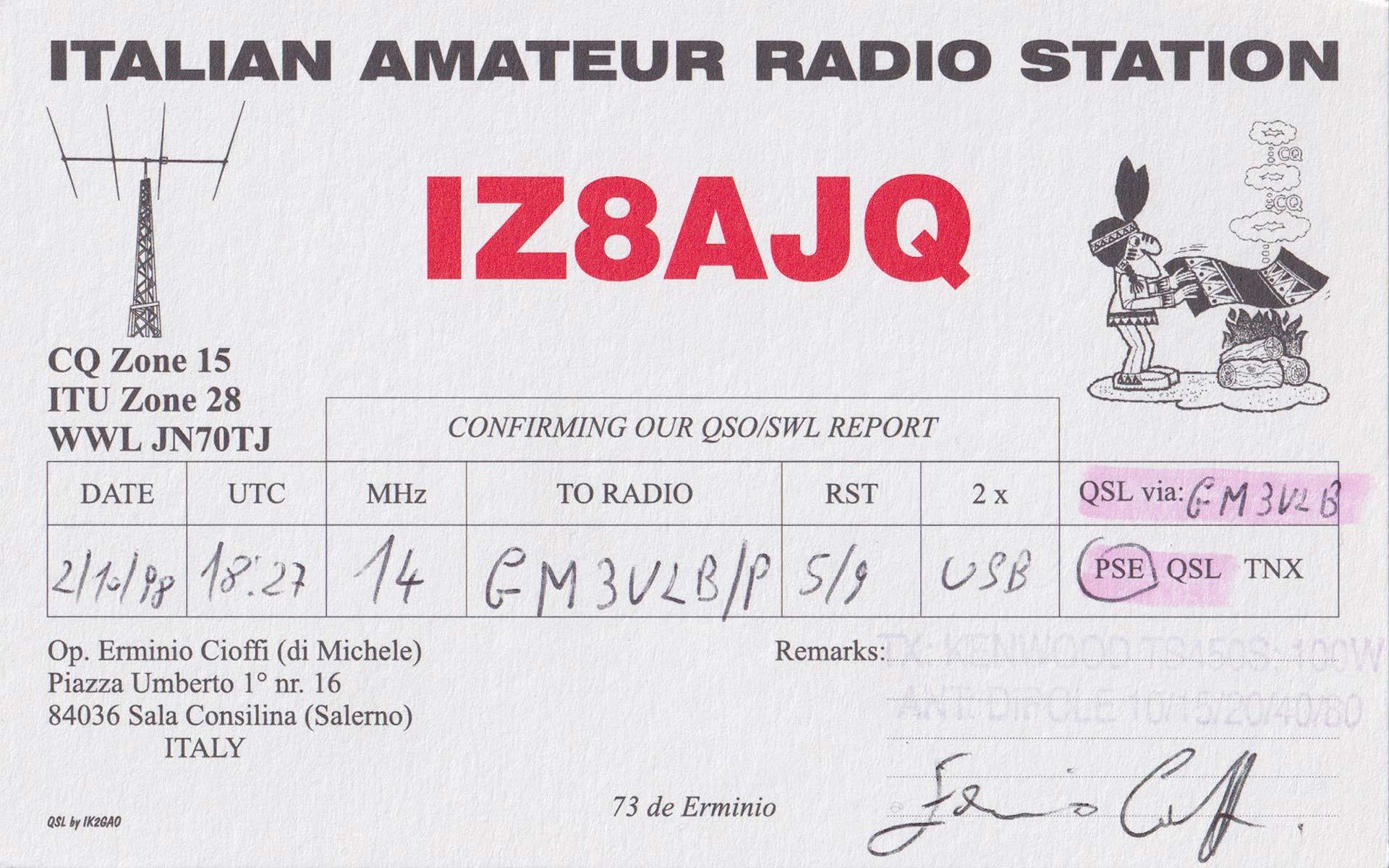The Global Street Art collection covers a vast array of beautiful things our society produced over the past 150 years. Because our society has changed so much, a lot of those objects are no longer produced and many have slipped from public memory.
Details
Media:
Paper
Words:
Lee Bofkin
Year:
Mid 1900s
Late 1900s
Tagged:
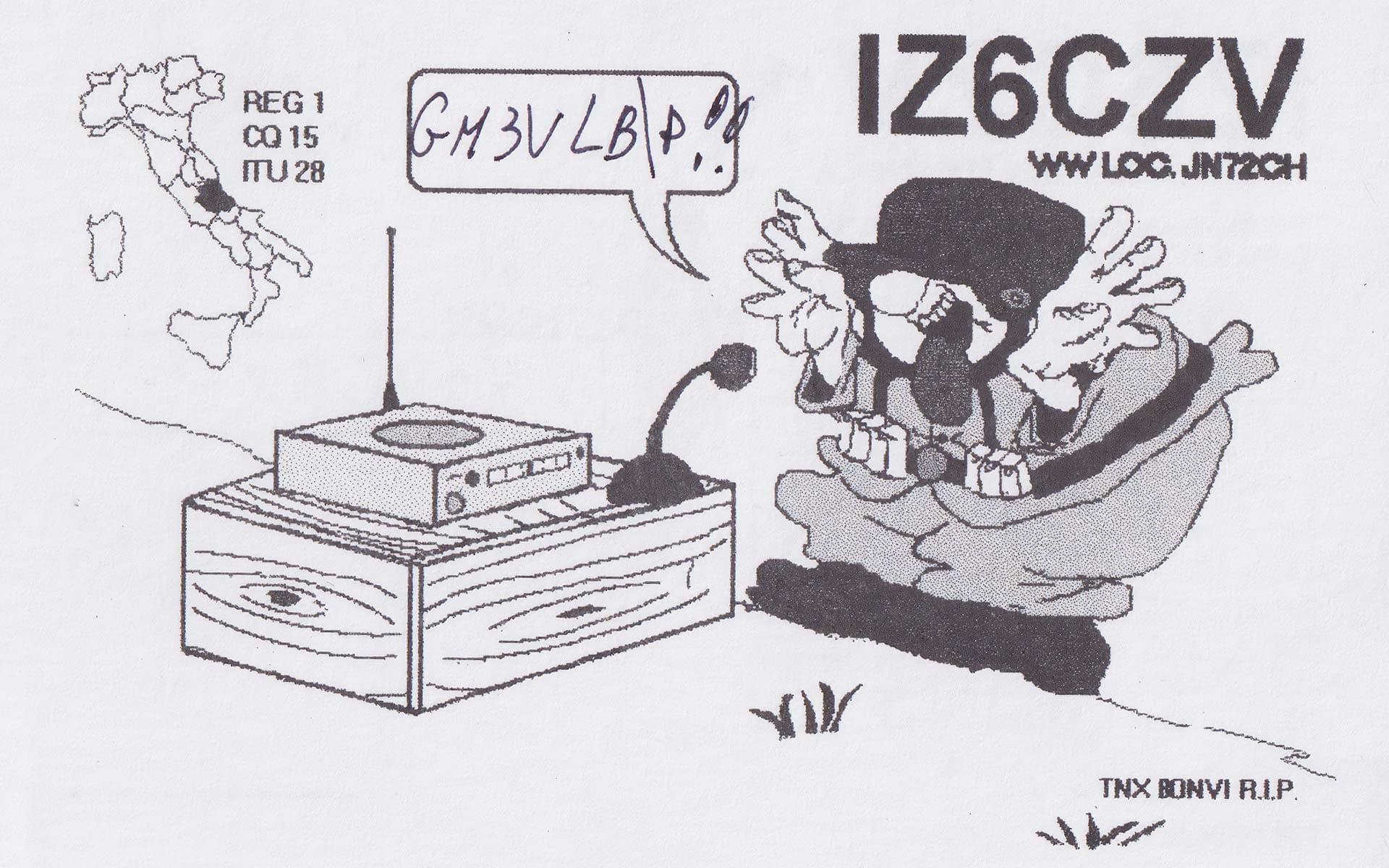
QSL cards are postcards sent between amateur radio operators, scanning the airwaves to connect with radio operators in other countries, who would swap personal details and then send each other a postcard (a ‘QSL card’). As our communication habits have changed so much, especially with the growth of the internet, we have forgotten how important amateur radio was for individual radio operators keeping in touch with their international friends.
QSL cards are a strange hybrid between the newer technology of radio, which became more affordable in the later half of the 20th Century, and the postal system, which grew across Europe in the later half of the 19th Century. In essence they’re all saying “I heard you on the radio, here’s a postcard”.
The physical QSL postcards were collected in vast numbers by radio operators, often wanting to connect with others on the other side of the planet and/or in small and far away places with few operators on the airwaves. Because of their physical nature, each operator could build up potentially a vast collection of QSL cards over decades and decades.
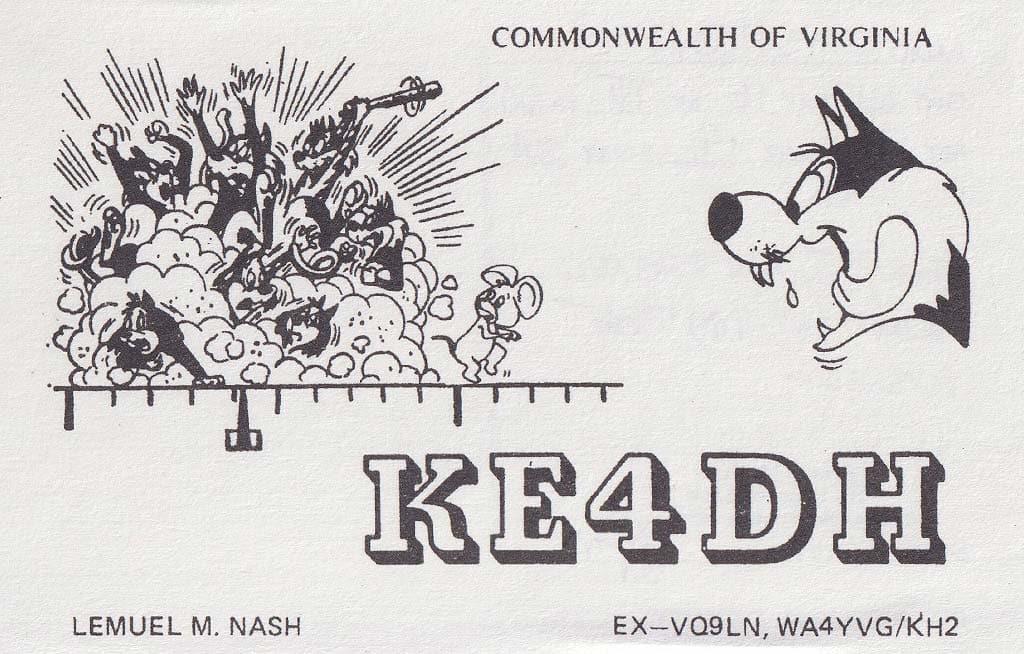
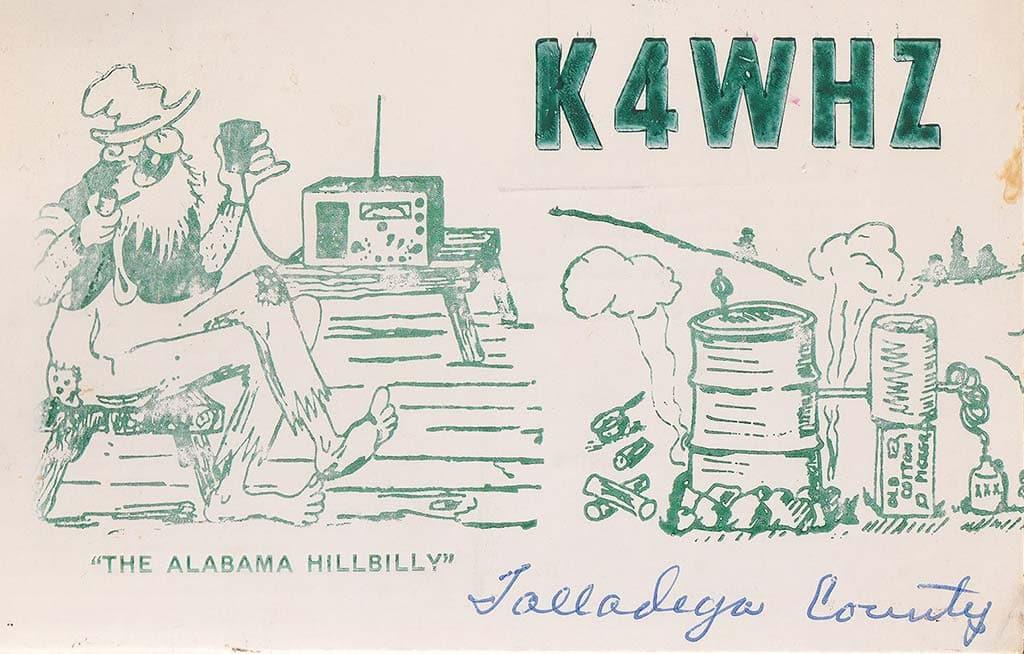
"
The cards often have symbols connected to radios and transmission, and they have their own unique charm. The older cards, in particular, have a romance about them that shines through the design."
Lee Bofkin
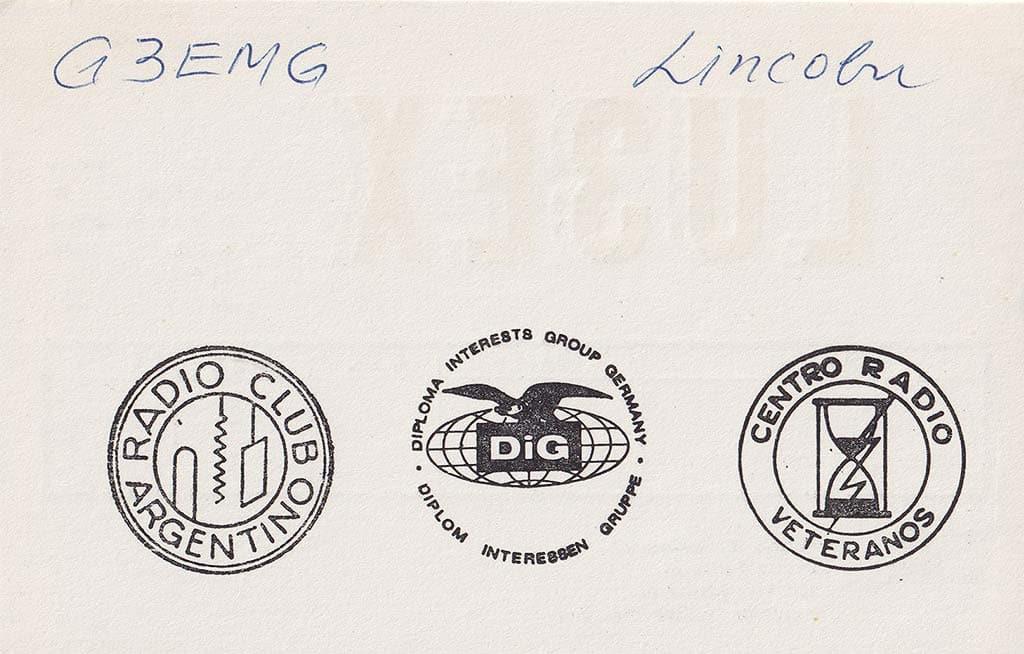
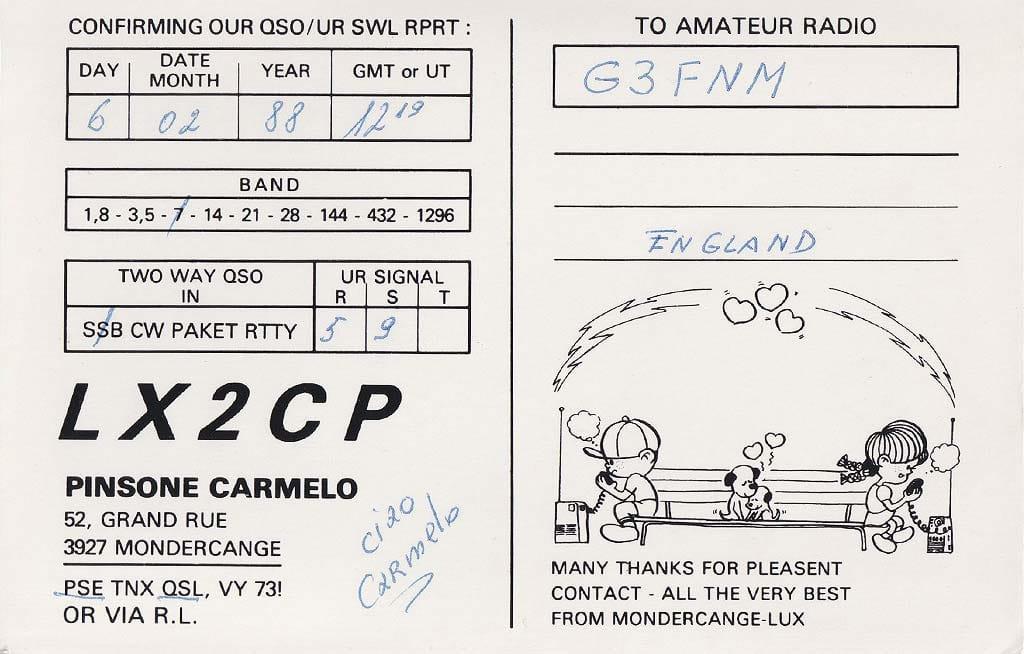
Each QSL card has a radio operator’s call sign, their unique identifier, and often details about their country and the equipment they used to transmit.
Radio, before the internet, was the first way that people could randomly connect with others around the world, in real-time. Because radio operators were looking to connect with like-minded people (other operators), the culture built around radio operators accordingly - the cards tend to reflect messages of peace and international unity. After all, each radio operator was part of the same global community, with the same passion for connecting with other radio operators.
